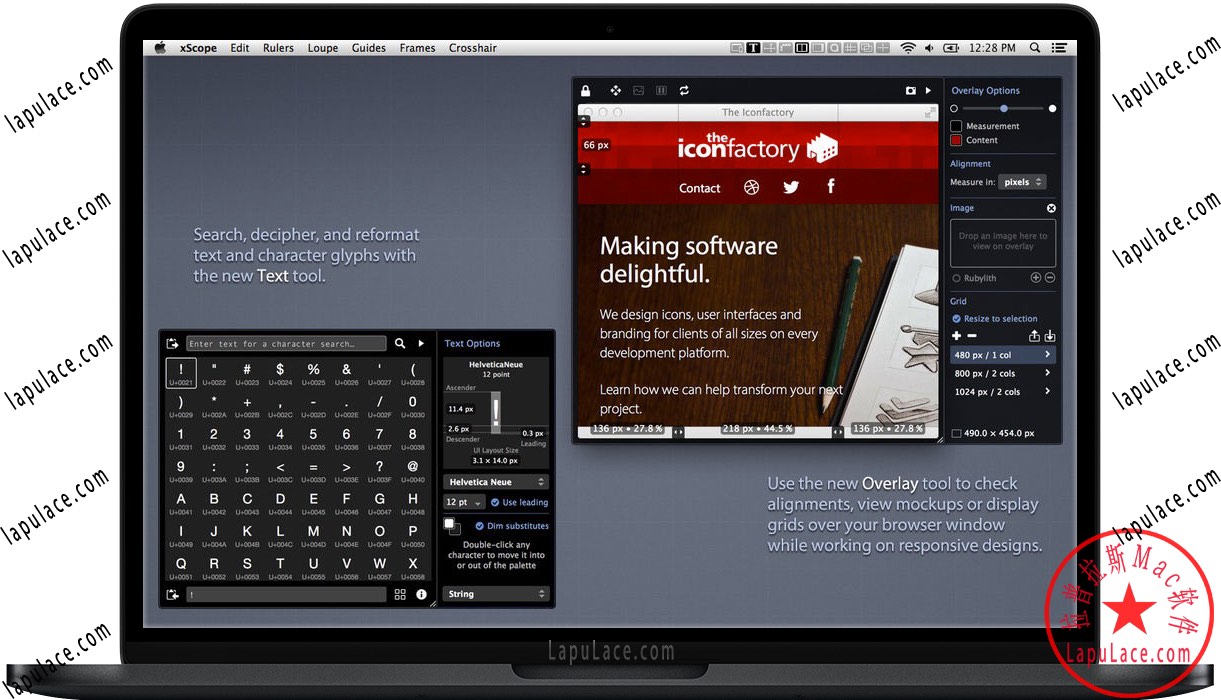
This may sound like a bad thing, but read on and you'll find it isn't.

In XMOS terminology, the term ‘core’ means multiple instances of some parts of a complete processor and the sharing of some things not present on non-XMOS processors. We are used to hearing about multi-cored chips which have multiple processors per chip, or at least multiple instances of most parts of a complete processor. You probably do want to read it at a later stage though. It can be skipped if you want to just get on with setting up the XMOS programming environment and running some demo code. So, the terminology and architecture is discussed below briefly. It can be confusing, because the terminology used to describe XMOS technology has changed over time. Information on all that is further below.įirst, some terminology needs to be addressed. A great debugging tool called XScope was also tried out briefly. (Note - to use with a Raspberry Pi, a DIL pin header strip is required and a ribbon cable assembly the board is not intended to be plugged on top).įor some initial experiments the XMOS board was used to connect to a hobby servo, and the on-board LEDs were used to test multitasking capabilities. The startKIT has a connector placeholder which is ideal for communicating to the Raspberry Pi, however for these first steps the board was used standalone. Today, if you want to handle input/output at a relatively high speed with very high accuracy and ease-of-use, XMOS devices are very high up on the list of suitable devices. The development environment is fairly straightforward to use (it is based on Eclipse), and the programming language is C with a few extensions to handle multitasking requirements. It was found that the XMOS startKIT is fantastic at handling timed events and multitasking. It costs under £12 including VAT (also available from Newark). The board is only slightly larger than a credit card (less than a centimetre longer) and packs an XMOS chip with multiple processors (more on that later), built-in 4-channnel ADC, touch sensors, integrated programmer/debugger, LEDs, switch and places for connectors.
#XSCOPE FOR LINUX HOW TO#
This post documents how to get started with XMOS’ startKIT which is an interesting board recently released (well, 5 months ago).
#XSCOPE FOR LINUX SERIAL#
Serial Peripheral Interface (SPI) introduction.
#XSCOPE FOR LINUX SOFTWARE#
Hardware and Software overview and Circuit/Wiring diagram

Part 2 is called XMOS startKIT: Building an XMOS and Raspberry Pi Robot XMP-1 and it covers these topics:


 0 kommentar(er)
0 kommentar(er)
